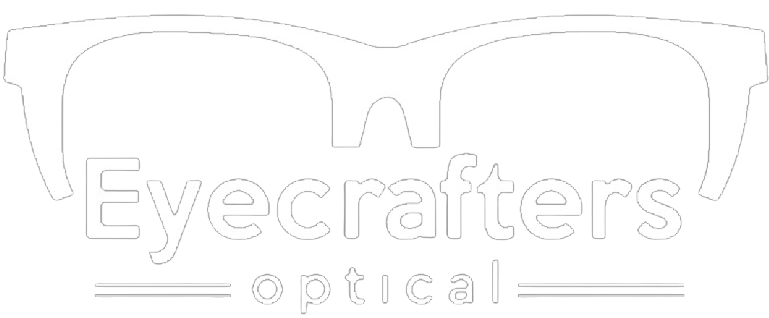REFRACTIVE ERRORS
Refractive errors are a common eye condition that occurs when the eye’s shape prevents light from focusing directly on the back of the eye, resulting in blurry vision among other symptoms.
What are the types of refractive errors?
The term “refractive errors” refers to four conditions:
- Astigmatism. Objects up close and at a distance appear blurry.
- Hyperopia (farsightedness). (new link to be created) Close objects seem out of focus.
- Myopia (nearsightedness). Distant objects look out of focus.
- Presbyopia. (new link to be created) Close objects gradually appear out of focus with aging.
What causes refractive errors?
A refractive error can happen as a result of one, or a few, of the following:
- A change in the eye’s shape
- A naturally steeper or flatter surface of the eye
- A thicker or thinner lens than normal
- The eye is too short or too long.
How are refractive errors diagnosed?
All types of refractive errors can be found with a general eye exam, including a:
- Visual acuity test to measure vision at distances
- Refraction test to determine the correct prescription for glasses
- Slit-lamp exam to assess the structures of the eyes
Diagnosis for Children
Early diagnosis of refractive errors is particularly essential for children, because a child’s academic progress can be affected by poor vision. Also, if a child’s refractive errors are not addressed timely, amblyopia (lazy eye) might develop. When standard eye charts cannot be used for younger children, their vision may need to be assessed by a retinoscopy — an exam that observes the reflection of light off the retina. This test may require dilation of pupils using eyedrops.
Common Symptoms of Refractive Errors
- Problems with focusing and seeing details at any distance
- Blurred vision
- Headaches
- Eyestrain
- Squinting
Common Treatments for Refractive Errors
- Eyeglasses
- Contact lenses
- Corneal-based corrective laser surgery, such as laser-assisted in situ keratomileusis (LASIK) or photorefractive keratectomy (PRK)
- Lens-based surgery using a special intraocular lens implant
Refractive errors are among the most common vision issues, and you may be at higher risk if you have family members diagnosed with one. Talk with your eye doctor during routine exams to evaluate your risk for developing a refractive error and to discuss any next steps.

